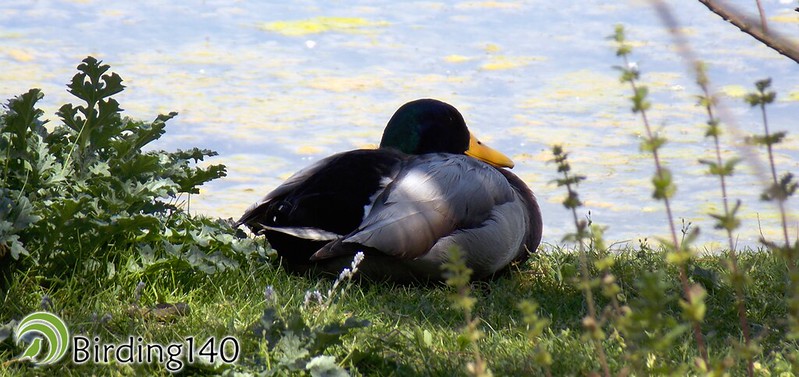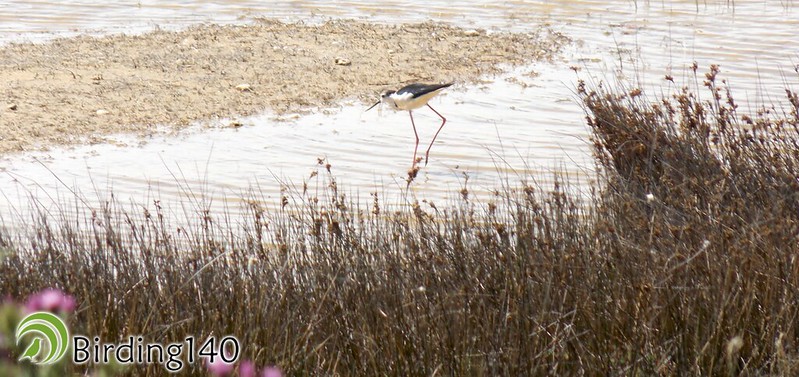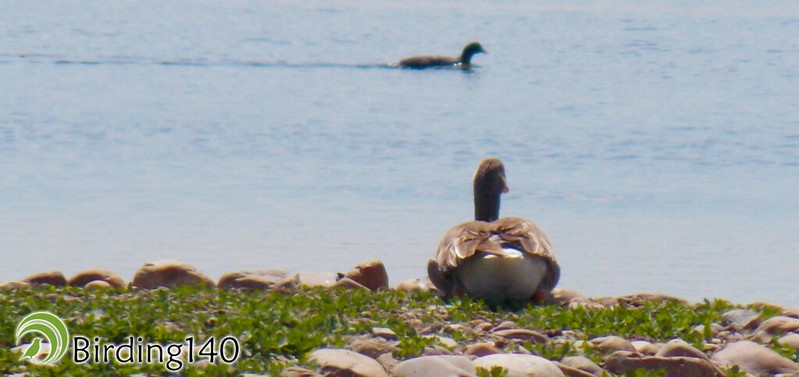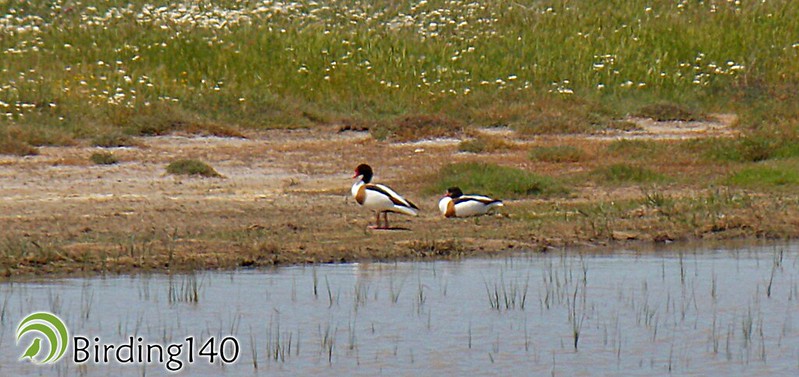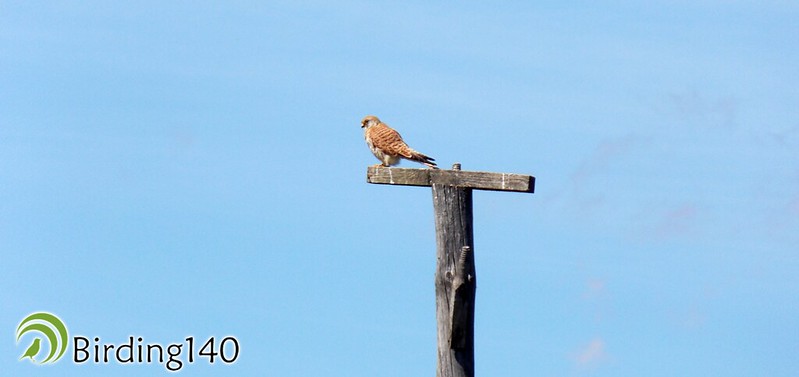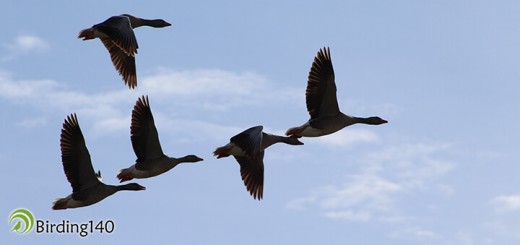We returned to Villafáfila with spring in its fullness. From the car we could observe several bustards flying. The trip was starting to get interesting. We stopped at the Revellinos observatory, and we found the first waders in the Laguna de Barillos, coinciding with their spring migration. Several avocets and stilts were looking for sustenance around the lake. Always on the shores, just as these birds like. We were fascinated by the elegance and synchrony of the waders. It is such a spectacle to see the slender stilts going around the lake perimeter looking for their daily food. We could also enjoy a little group of Cattle Egrets, which are in these ports of call during these months. Among the scarce vegetation of the lake, some lapwings added a touch of colour to the scene. We should not forget that they are residents of this natural space.
Life was bustling in some of the lakes adjacent to the park centre. Greylag Geese, Mallards and coots take care of their offspring knowing that their successful genes are in each one of the cottony chicks.
The next stop was the village of Otero de Sariegos and the lake of the Salina Grande. When we accessed the road that goes to the village, a cloud of about 12 Whiskered Terns invaded the sky. Their comings and goings in the air are a real aeronautic performance. The old light poles have been appropriately left there. They are propitious for watching birds of prey. From one of them, a female Lesser Kestrel was observing us. Further on, in the kestrel barn set up for this purpose, we found several specimens of this species. We are however facing the most important breeding colony in Castile and Leon. We have to say that, during the last years, the local population has seemed to maintain a certain stability, which means that it is one of the bastions of the species in this region. At the lake of the Salina Grande, besides the species seen in the other lakes, we could watch two specimens of Common Shelduck in a distant beach. It is unusual seeing them in this reserve in such latest dates. Although it is not common, they are usually seen more easily during winter.
Without enough time for more, we left this wetland with the usual good taste in the mouth, thinking about returning there soon in order to enjoy such a privileged place for birding. On our way home, we were struck by doubt about the future of this reserve. We remembered that, in times of Charles III, the economy in this area was supported by the gunpowder factory coming from the saltpetre of these lakes. So why not think that the future depends on promoting the companies dedicated to responsible birdwatching? This way, local economy would be reactivated, thus promoting its own preservation.

